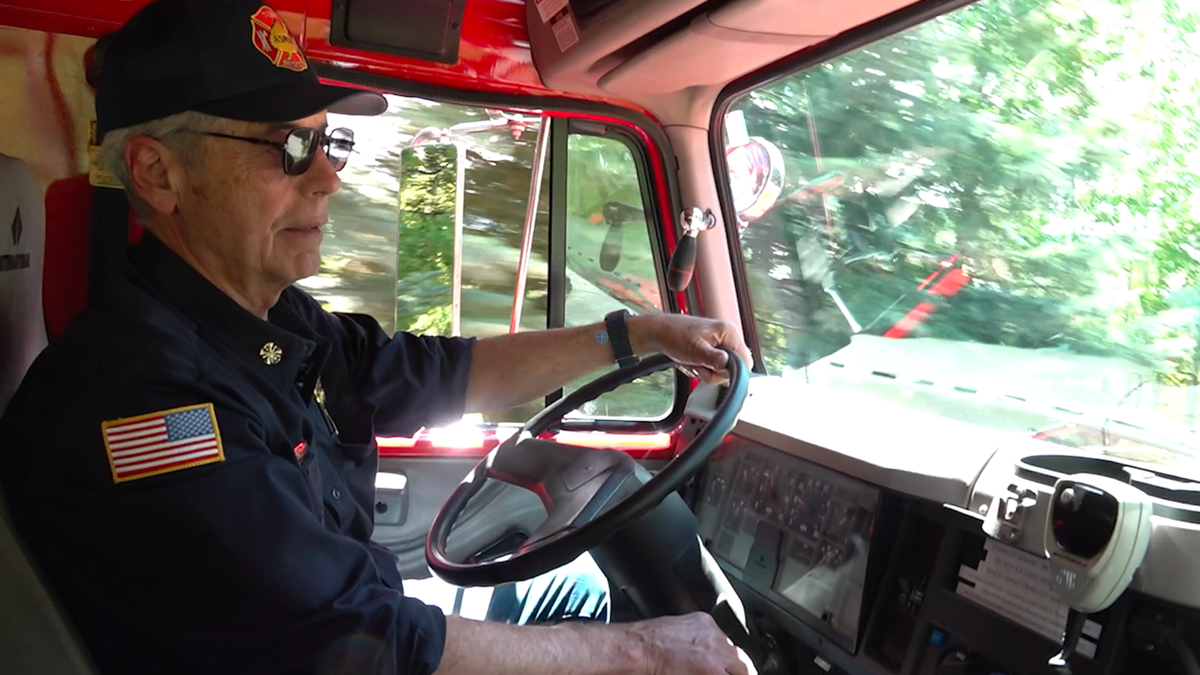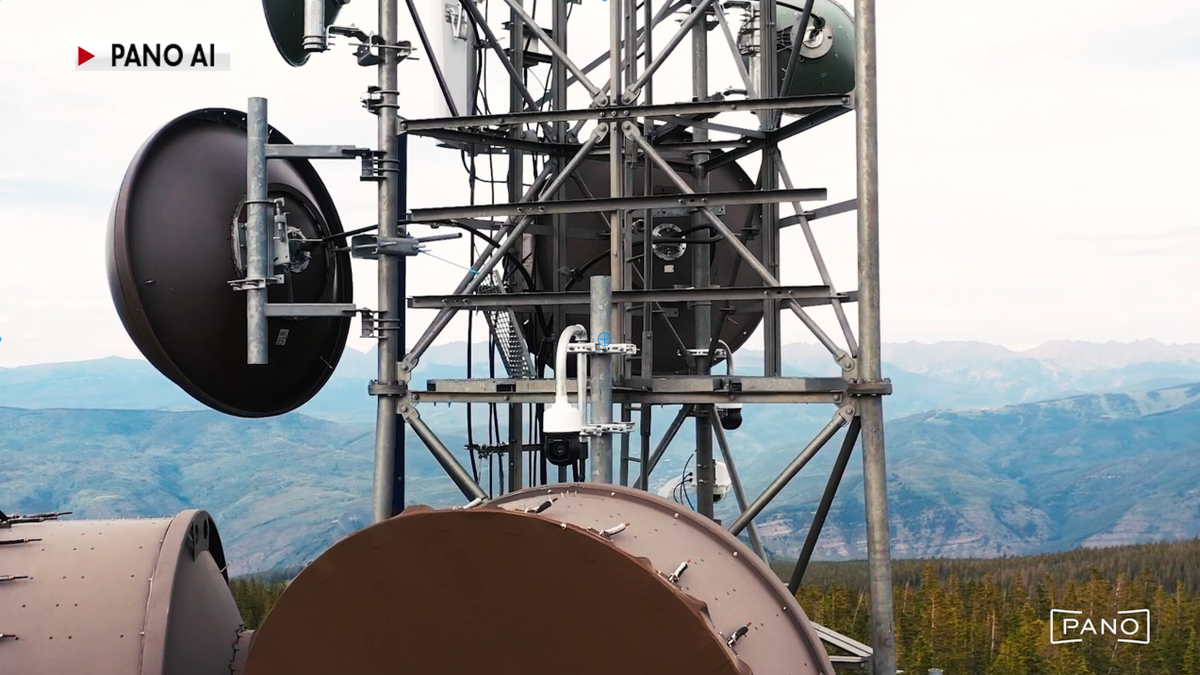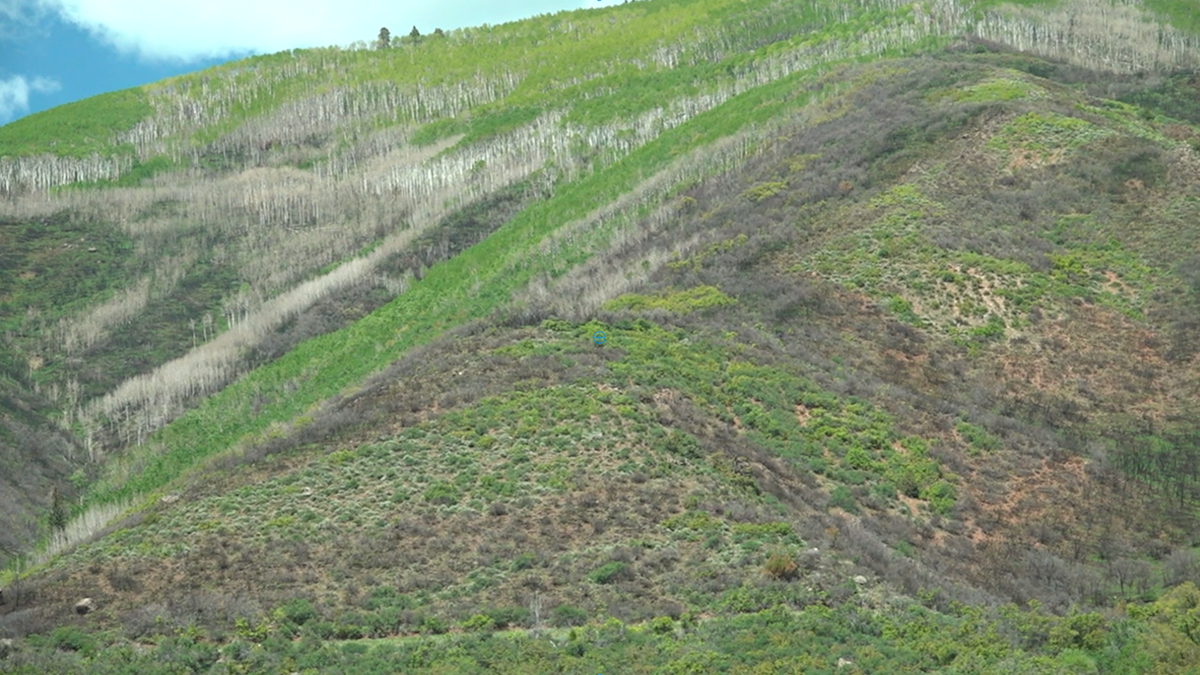ASPEN, Colo. – A growing number of fire departments across the country are turning to artificial intelligence to help detect and respond to wildfires more quickly.
In Aspen, Colorado, fire officials say wildfire risk has shifted from being a seasonal concern to a year-round threat. To meet that challenge, they’re using AI-powered cameras to detect smoke — sometimes before 911 calls even come in.
Arvind Satyam is the co-founder and chief commercial officer of Pano AI.
"They’re getting a full 360-degree picture of the landscape," said Satyam.
2 DEAD AFTER HOUSE BURNS DOWN IN NEW JERSEY FOLLOWING 'GIGANTIC EXPLOSION,' CRIMINAL INVESTIGATION UNDERWAY
High in the mountains, rotating cameras scan the terrain for smoke. If the system detects a potential fire, the alert is reviewed by a human team. Verified alerts are then sent to Aspen Fire via text or email, along with the exact location, Satyam said.
"We run a smoke detection algorithm," Satyam said. "So essentially looking at the imagery to determine is that smoke or not smoke."

Satyam said the devices can also give satellite views of the terrain, and overlay a picture of the weather to understand wind speed and relative humidity.
Aspen Fire was the first department in the U.S. to adopt the technology four years ago, when rising wildfire risk began driving up insurance costs in the area, Pano AI leaders and Aspen Fire Department officials said.
SOUTHERN CALIFORNIA COMMUNITY MEMBERS RETURN FOR FIRST TIME TO SITE WHERE CHURCH BURNED DOWN AHEAD OF EASTER
"It gives us that instantaneous intelligence and not off of, you know, hoping we get someone there quickly," said Jake Andersen, deputy chief of operations for Aspen Fire.
Aspen officials aim to have crews on the scene within five minutes — something they say would be nearly impossible without precise location data. Fire officials say their fire crews can also access the Pano AI map on their phones while responding to calls. The system can track heat signatures at night and monitor hot spots for days after a fire.
175 WILDFIRES IN NORTH AND SOUTH CAROLINA FORCE SOME EVACUATIONS
Aspen Fire Chief Rick Balentine said the device especially helps with the terrain in Aspen. Balentine said a recent example of when they used Pano AI was for Aspen's Sunnyside Prescribed Fire. The 900-acre Sunnyside Prescribed Fire was ignited back in April of this year on the south face of Red Mountain, fire officials said.

The department used Pano AI cameras to monitor that fire and prevent it from spreading beyond the designated area, Baletine said.
The system is now used across 10 states: Colorado, California, Oregon, Washington, Idaho, Texas, Wyoming, Utah, Arizona and Montana. Multiple fire agencies can share alerts across those regions and coordinate response efforts.

"Having this type of tool for our department, it makes all the difference in the world to understand the conditions we are sending our firefighters into," said Ali Hammond, Aspen Fire’s director of community wildfire resistance.


